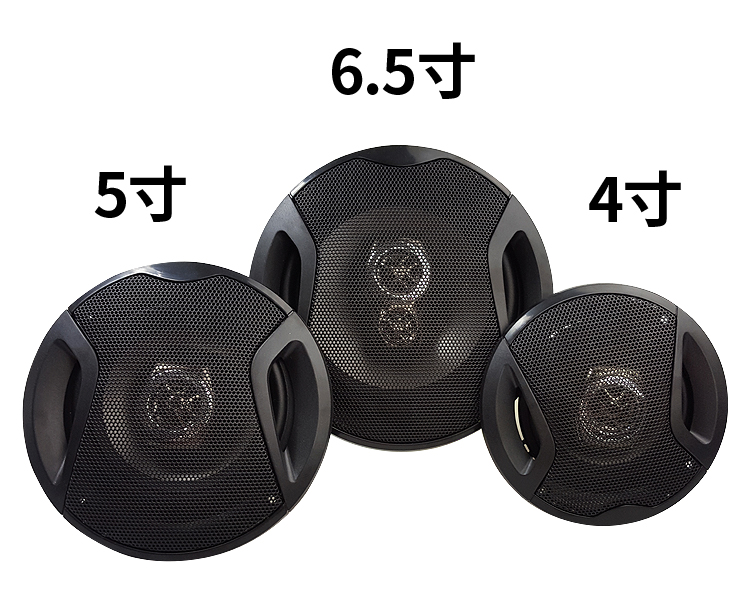N. Korea confirms test
2024-06-06 23:03:29 点击:504
 |
| This photo, carried by North Korea's Korean Central News Agency on July 13, shows the North firing of a Hwasong-18 solid-fuel intercontinental ballistic missile the previous day. Yonhap |
North Korea said Thursday it test-fired a Hwasong-18 solid-fuel intercontinental ballistic missile (ICBM) the previous day, with its leader Kim Jong-un threatening to take "stronger" military offensive to deter the United States and South Korea.
Guided by the North's leader, the country launched a new Hwasong-18 ICBM in a test designed to confirm the technical credibility and operational reliability of the "core weapon system," according to the Korean Central News Agency (KCNA).
It marked North Korea's second solid-propellant ICBM launch following its first test-firing on April 13.
"The test-fire is an essential process aimed at further developing the strategic nuclear force of the Republic and, at the same time, serves as a strong practical warning to clearly show the adversaries of the DPRK," the KCNA said, using the acronym of the North's official name, the Democratic People's Republic of Korea.
The latest test showed a marked improvement in North Korea's ICBM technology, as the missile's flight time of 74 minutes and 51 seconds was the longest ever for a North Korean long-range missile.
The KCNA said the Hwasong-18, fired at a lofted angle, flew 1,001.2 kilometers for 4,491 seconds at a maximum altitude of 6,648.4 km, before accurately landing in a pre-set area in the East Sea.
If launched on a standard trajectory, the missile could have flown more than 15,000 km, demonstrating a capability that would put the whole of the U.S. mainland within range, according to experts.
The North's leader Kim said the latest missile launch is part of the regime's efforts to bolster self-defense against "reckless" military moves by the U.S. and South Korea.
"A series of stronger military offensive will be launched until the U.S. imperialists and the South Korean puppet traitors admit their shameful defeat of their useless hostile policy toward the DPRK in despair and give up their policy," Kim was quoted as saying by the KCNA.
In a regular press briefing, Col. Lee Sung-jun, spokesperson of Seoul's Joint Chiefs of Staff, underscored that the South Korean military, in coordination with the U.S., is maintaining a "firm" readiness posture based on "overwhelming" response capabilities.
 US condemns N. Korea's ICBM test, calls on Pyongyang to engage in dialogue 2023-07-13 09:22 | Defense
US condemns N. Korea's ICBM test, calls on Pyongyang to engage in dialogue 2023-07-13 09:22 | Defense "(The allies) reaffirmed they will further solidify their combined defense posture against any North Korean threats and provocations," Lee said. "We will work to realize peace through strength based on the alliance's overwhelming military forces."
 |
| North Korea's leader Kim Jong-un conducts a field guidance for a test-firing of a Hwasong-18 solid-fuel intercontinental ballistic missile, July 12, in this photo carried by North Korea's Korean Central News Agency. Yonhap |
The provocation came as Kim Yo-jong, the powerful sister of the North's leader, issued sharp-tongued statements earlier this week claiming U.S. military spy aircraft "intruded" into the area over the North's exclusive economic zone.
She warned the North will take "clear and resolute" actions against U.S. surveillance flights within the North's "economic water zone," claiming a "shocking" incident could occur.
A solid-fuel ICBM is one of the high-tech weapon systems that the recalcitrant regime has vowed to develop, along with a military spy satellite and a nuclear-powered submarine.
Solid-fuel missiles are known to be harder to detect ahead of launch than liquid-propellant ones, which require more prelaunch preparations, such as the injection of fuel.
The secretive regime has been striving to develop a solid-fuel ICBM as part of efforts to strengthen its nuclear delivery capabilities, as Seoul and Washington seek to improve the credibility of America's "extended deterrence."
Extended deterrence refers to Washington's readiness to use the full range of its military capabilities, including nuclear, to defend its ally.
Pyongyang denounced the allies' summit declaration on extended deterrence adopted in April, saying the regional security situation has reached the phase of a "nuclear crisis beyond the Cold War."
The U.S. had pledged to send a nuclear ballistic missile submarine to the peninsula in the Washington Declaration issued by President Yoon Suk Yeol and U.S. President Joe Biden during their summit in April as part of efforts to deter Pyongyang's military threats.
The current security situation requires North Korea to "put spurs to bolster the capability of self-defense and strengthen nuclear war deterrence" against the hostile forces, the KCNA said.
The North's latest saber-rattling also followed its botched launch of a space rocket carrying its first military reconnaissance satellite in late May. The rocket crashed into the Yellow Sea after an "abnormal starting" of the second-stage engine, according to the North's state media.
In a report to the National Assembly, Seoul's unification ministry said Pyongyang apparently intensified its provocative acts to break through the "unfavorable" political situations.
Observers said the latest ICBM launch might be intended to bolster internal unity following the failed satellite launch and ahead of the 70th anniversary of the signing of the armistice that ended the 1950-53 Korean War on July 27, celebrated as Victory Day in North Korea. (Yonhap)





